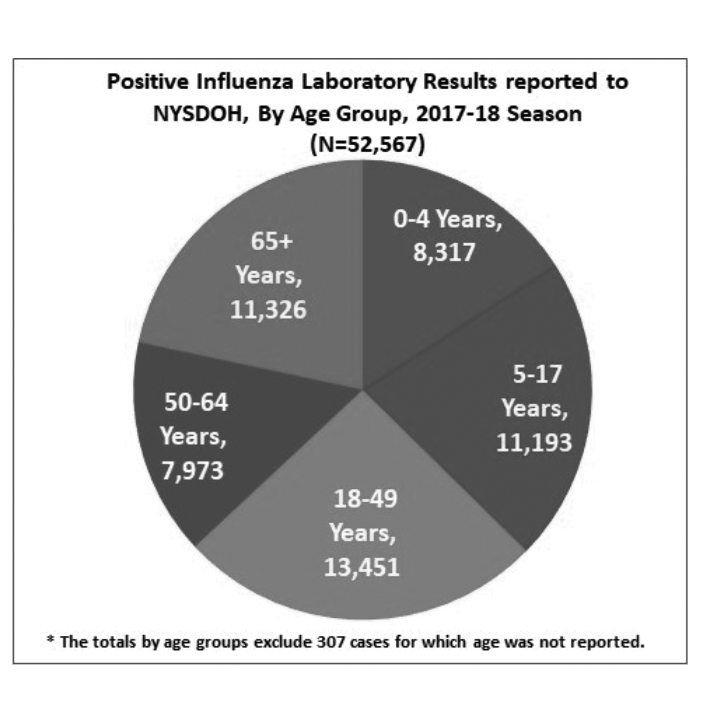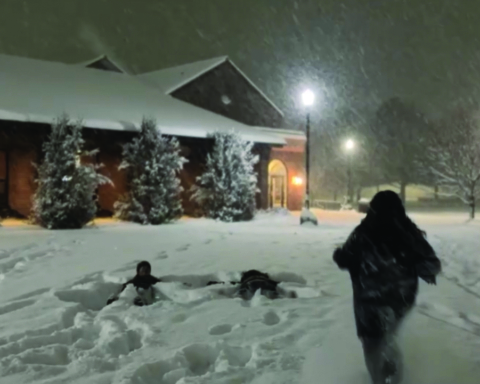With flu season surging in the United States, health professionals are emphasizing the record-breaking number of cases and urging individuals at risk to be cautious.
According to the Center for Disease Control’s (CDC) weekly Influenza Surveillance Report, influenza activity increased in 43 states. ILI, or influenza-like illness, rose to a 7.7 percent increase, the most since the 2009 H1N1 pandemic, or swine flu.
Additionally, the overall hospitalization rate has increased, and an additional 10 pediatric deaths. Despite reaching levels of severity not seen in almost a decade, the CDC has yet to deem this flu season as a “pandemic.”
New York State is also experiencing a historically devastating flu season. The New York State Department of Health also issues a weekly influenza report. The NYSDOH indicates that there was a two-percent increase in flu-related hospitalization in the past week.
Two of three flu related pediatric deaths also occurred last week.
All 62 counties reported cases of four or more strains of influenza this week. Cattaraugus County confirmed 54 additional reports of the flu within the last seven days, adding an almost 20 percent increase to the seasons total.
The Cattaraugus County Board of Health met Tuesday, Feb. 7 to discuss additional measures, and plan to continue hosting vaccination clinics throughout the area. The area has been plagued by influenza-like symptoms in children and young adults. Salamanca Central School District recently closed for a day to disinfect after being faced with a higher-than-average rate of flu related absences in students.
Influenza A, or H3N2, is the prevailing strain of influenza in the 2018 season. Although it is more resistant than other strains, the CDC continues to push traditional vaccination, as opposed to the nasal flu vaccine.
In addition to a county-wide increase in influenza reports, the “Bona bubble” may be hosting the virus, as well.
Gabriella Olsa, a senior sports studies major, is currently recovering from the flu despite recieving the vaccination a month prior.
“I’d never had the flu before and I can’t believe I got it after getting the shot,” she said. “Hopefully the flu shot will work next year for me.”
She said that despite never having the flu, the symptoms were worse than she ever expected.
“I was in bed for about a week and had the worst congestion and headache,” she said. “On top of that, I couldn’t keep any food down; it made me so weak.”
The H3N2 Type-A influenza has caused a progressive increase in viral infection because of its severe resistance to the vaccination.
According to preliminary figures shown by the CDC on Thursday, the vaccine is even less accurate than previously thought. The vaccination was only helpful in preventing 25 percent of H3N2 virus, and only 36 percent of flu virus overall.
The CDC also stated that the H3N2 virus tends to cause more suffering than other strains.
Last week, Gov. Cuomo directed the state health commission to authorize an emergency funding to all 62 counties in New York State. Earlier this year, he signed an executive order suspending the state law restricting pharmicists from vaccinating children ages 2 to 18.






